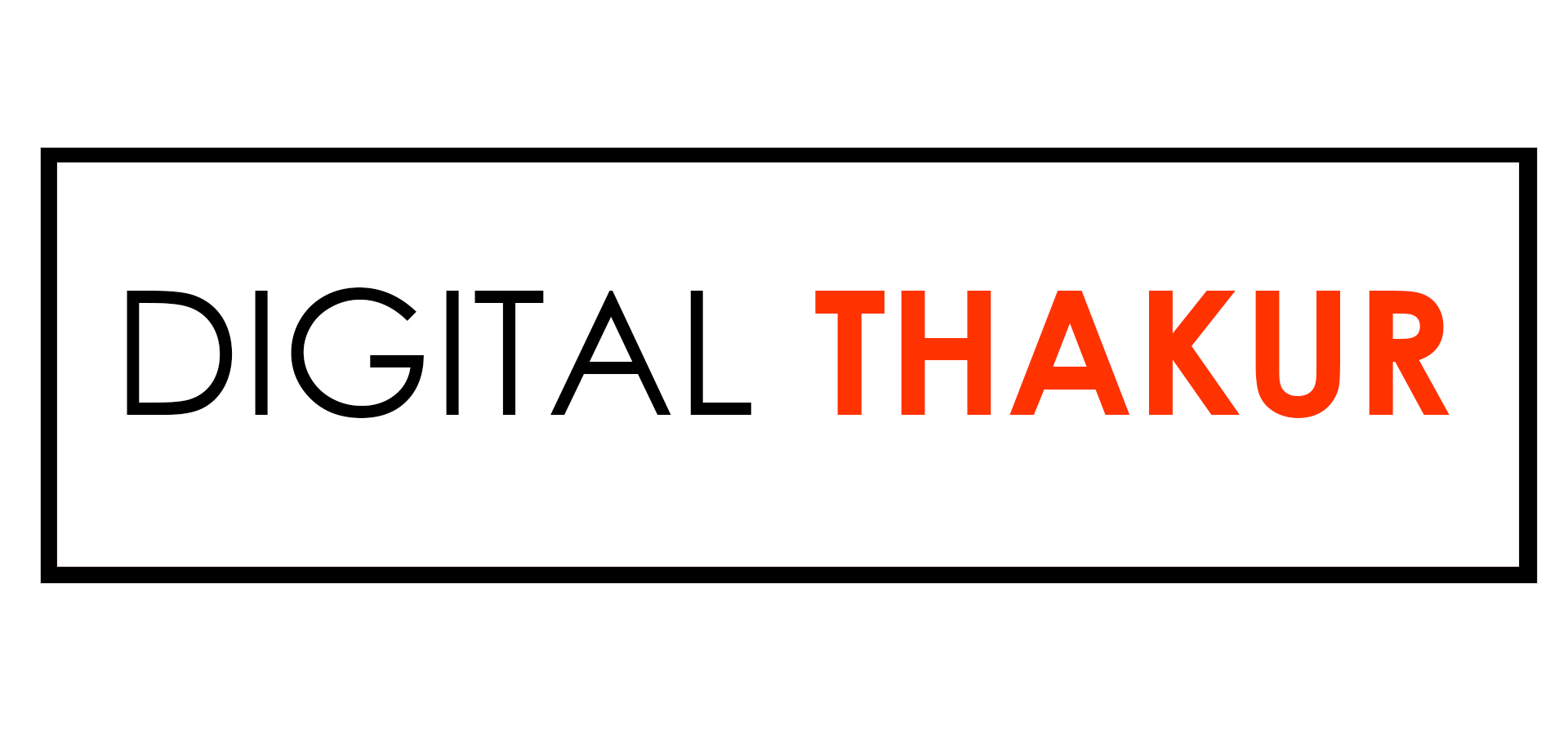
What does business casual work attire mean? Each employee seems to have a different interpretation of this term. But we’re here to outline what men should wear to the office to adhere to a business casual dress code.
When you start a new job or switch industries, a business casual dress code may seem very simple to uphold, but it isn’t. It can be puzzling.
How come? Well, the firm, the industry, and even the nation where you work all have different requirements for business casual attire.
What does business casual mean exactly?
Wearing a complete suit also isn’t the best option, nor are sandals and a t-shirt. Because of this, you’re probably wondering, “How do I learn to dress formally but still not casually?”
We’ve included some explanations of what a business casual dress code for men entails. You’ll be a lot better organized when it comes to what you should wear and what you shouldn’t wear!
“In essence, business casual is a dress code that calls for wearing regular business clothes while adding a few slack touches here and there.”
- More than 61% of employees, according to research by Stormline Gear, are more engaged when there is less of a dress requirement.
- Additionally, according to 61% of job seekers, a rigid clothing code would affect their opinion of a company.
However, depending on who you are, the business casual dress will appear extremely different.
Principles of Business Casual Clothing
No matter what the dress code is at your workplace, you should always dress professionally. Happily, there are some recommendations to take into account so you are prepared, whether you are attending an interview, working remotely, or entering an office where business casual is the standard.
The following sections discuss clothing choices that suit most business-casual settings, particularly those in the tech and start-up industries, quite well. You may confidently choose your wardrobe by using this business casual dress advice for men.
What Qualifies For Men As Business Casual?
Business casual clothes are defined as a look that isn’t nearly as formal as typical office wear but aims to give off a professional or businesslike vibe. There is a lot of space for interpretation in that. The use of the word “casual,” which historically conjures images of males wearing Hawaiian t-shirts, shorts, and sandals, does not help. We would respond to that by saying, “Go ahead and try wearing truly casual clothing to the office on a daily workday and see how far it gets you.” In other words, it’s still much more appropriate to dress professionally than casually, and that’s a good thing.
Therefore, even if you’re dressed in business casual, you still need to adhere to the conventions of style and refinement. Business professional attire has changed from the stuffy suit jackets and oxford shirts it once was to a more sophisticated look for the workplace. A dress shirt and a blazer (ideally fitted) are always safe bets. Ties are optional, but you should make up for your lack of neckwear with your sense of style. Even while some businesses allow business casual attire, make sure the pair of jeans you wear is very great. If not, stick with high-quality pants like cotton chinos to create an outfit that is appropriate for the workplace. Comfy dress shoes like loafers, Oxfords, monk straps, and derbies are a simple method to adhere in the shoe category. And don’t forget to check that everything lines up, otherwise known as “duh.”
You can establish good status at a new job by doing the following:
- Tops: Include sweaters in a variety of colors and designs, sport coats, button-up or collared shirts in neutral colors, and short-sleeved button-down shirts.
- Bottom: Dark jeans, dress slacks, and semi-formal pants.
- Shoes: Loafers, dark leather footwear, and tie-ups.
Business Casual For A Job Interview:
You may get away with a lot more than business formal if the interview is conducted in a business-casual setting. Business casual attire includes sweaters worn over button-down shirts with slacks, button-down shirts with slacks and an open jacket, and polo shirts with slacks.
No matter whether the interview is in a casual setting or not, you should never wear the following!
- Slippers or tennis shoes
- Exposed intimate apparel
- Shorts
- Anything that contains vulgarity
What we do suggest is that you adhere to all of the recommendations we have provided! Be careful not to select clothing that is trendy because the interviewer may not share your sense of what constitutes “trendy.” Instead, opt for a traditional interview attire that complements your sector.
Always be sure to arrange your clothing in advance so that, even if you’re feeling rushed, it’s the last thing on your mind. And don’t assume that getting dressed for a job interview will cost you a lot of money. There are several places where you can shop or explore the web to check whether a deal or coupon is available.
Jeans: Are They Business Casual?
Well, no is the quick response. Wearing dressier pants or khakis is generally a better choice if you don’t want to take any chances. However, even jeans are debatable given the wide variety of vocations, modern workplaces, and corporate cultures.
In general, it is far better to stick to the side of professional competence and skip the jeans. However, many workplaces do permit jeans, so it’s crucial to first confirm with your employer about the dress code.
If you’re fortunate enough to work somewhere that allows denim, try to stick with dark-wash, fitted jeans. Avoid wearing jeans with holes, rips, prints, or embroidery, and stay away from light washes.
What to avoid wearing for business casual
Have you ever been unsure about what the term “business casual” means? The majority of businesses have quite explicit dress code regulations, which are frequently outlined in an employee handbook that is provided. Here are some broad suggestions for things to avoid if you’re starting a job shortly and are unsure of the restrictions.
- Jeans with rips
- Worn-out shoes
- Slippers or Sandals
- Unclean T-shirts
- clothing with unpleasant text or graphics
Additional Dress Code Guidelines
- Think before you leap: When starting a new work, refrain from dressing as though you’re going to a picnic unless you are familiar with the dress code of the organization. Instead of arriving underdressed, it’s better to dress conservatively. To find out what exactly business casual means for your firm, ask HR or a coworker.
Even if your interviewer is wearing shorts or a short skirt when you arrive, it doesn’t mean that you should dress similarly. Making a good impression during a job interview includes dressing professionally.
- Uphold consistency: Don’t appear unrecognizable on Friday in torn shorts and a concert T-shirt if you dress conservatively and professionally Monday through Thursday. Even if your workplace allows “casual Fridays,” when a little less formal attire is acceptable, it still holds. For instance, wearing jeans is frequently okay at work, but you should choose your best pair rather than one with rips or stains.
Even on casual Fridays, your attire should always be professional enough so that you may attend an urgent meeting with your employer or a client without feeling uncomfortable. Regardless of the business, you operate for, maintaining a good image aids in building employee credibility and trust.
- Analyze Your Calendar: To show respect for the individuals you are meeting with, dress appropriately if you have a client meeting or a business lunch scheduled. Save the comfortable casual attire for days when you’ll be working all day.
- Be Aware Of Cameras: In general, if you work away from home and will be participating in meetings or talks with video, you should dress as you would for an in-person job. Along with your personal preferences, “your industry, role, and business requirements” might influence how you choose to dress. Keep a blazer nearby if you frequently have unscheduled meetings while the video is on so you can quickly put it on to look more professional.
Quick Tips:
- Since there isn’t a precise definition of business casual, adhere to the norms set by your organization and sector.
- Regardless of how casual your firm is, certain apparel items, including ripped or wrinkled clothing, are never acceptable.
- If you’re unsure, go with a more official look rather than a more casual one.
Do’s And Don’t For Business Casual:
- Do: Polo Shirts, Don’t: T-shirts
Men sometimes choose polos that are more appropriate for the golf course than the office, which is why the polo shirt has a negative reputation.
Your secret weapon for business casual is the ideal polo shirt. The polo is the perfect balance between comfort and formality: it’s “dressier” than a t-shirt but less formal than a button-up. It complements both a sports coat and a denim jacket equally nicely.
Avoid pique cotton polos with large logos; instead, opt for a more upscale t-shirt feel using Supima cotton.
- Do: Sweaters, Don’t: Hoodies
Ah, the hoodie. The nonchalant employee’s business attire.
The cardigan is one of many fashionable alternatives you have to the hoodie. Try the quarter-zip sweater, which has recently been popular. This is a nice jacketless choice because it’s not as stuffy as a jacket and lets you flaunt off a collared shirt underneath.
- Do: Jacket, Don’t: Fleece Vest
When your style cliche has its own Instagram, you know it’s awful.
While I can appreciate the camaraderie of wearing your workplace’s goodie bag fleece vest to have lunch, there is a more sophisticated, fashionable choice that will keep you off Instagram accounts that mock you.
- Do: Striped shirt, Don’t: Gingham Shirt
I don’t think gingham shirts are horrible, to be perfectly honest. They make excellent choices for informal Spring weddings. However, wearing it to work gives the wearer time to flee, much like when a villain provides a speech to a hero. It’s anticipated.
The best part is that you probably already have your ideal option for this look in your closet: a classy striped shirt.
Business Casual Dress Codes: The Final Word
In general, business casual attire for the workplace is not very complicated. Although upholding this particular dress code isn’t too difficult, it shouldn’t be taken for granted. Managers must lead by example, and their staff members must sometimes quite literally do the same.
Of course, the definition of business casual will differ based on your gender, the organization you work for, and even the nation in which you reside. There is room for originality, but it’s important to watch that personnel don’t go overboard with their appearance.
Employers who enforce dress codes in the workplace while utilizing the most recent technology are positioning themselves for success. Because if employees dress appropriately for work, success will undoubtedly follow.
This was a comprehensive guide to men’s business casual attire and dress code. However, feel free to post any more questions in the comments section if you have any.



